-
 bitcoin
bitcoin $114206.058833 USD
-0.82% -
 ethereum
ethereum $4129.796871 USD
-1.31% -
 tether
tether $0.999964 USD
0.00% -
 xrp
xrp $2.640265 USD
-0.68% -
 bnb
bnb $1141.700384 USD
-0.18% -
 solana
solana $200.380665 USD
-2.05% -
 usd-coin
usd-coin $0.999888 USD
0.01% -
 dogecoin
dogecoin $0.200706 USD
-3.43% -
 tron
tron $0.299112 USD
-0.60% -
 cardano
cardano $0.668491 USD
-2.72% -
 hyperliquid
hyperliquid $46.924669 USD
-2.72% -
 chainlink
chainlink $18.286013 USD
-2.66% -
 bitcoin-cash
bitcoin-cash $555.734639 USD
-0.58% -
 stellar
stellar $0.323999 USD
-2.74% -
 ethena-usde
ethena-usde $0.999169 USD
0.00%
Is the WMA indicator useful for long-term portfolio management?
The Weighted Moving Average (WMA) enhances crypto trading by prioritizing recent prices, offering timely signals for trend shifts in 24/7 markets.
Oct 11, 2025 at 08:54 am
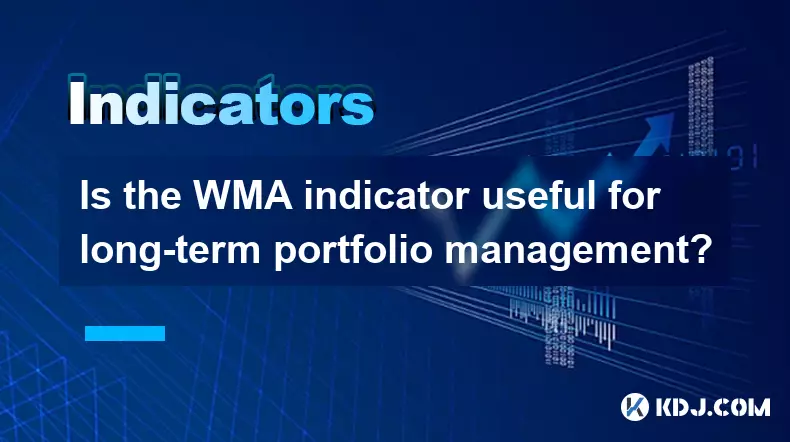
Understanding the WMA in Cryptocurrency Markets
1. The Weighted Moving Average (WMA) assigns greater importance to recent price data, making it more responsive to new information compared to simple moving averages. In fast-moving environments like cryptocurrency trading, this responsiveness can help investors detect shifts in momentum earlier. Because digital asset prices often experience sharp swings due to news, regulatory changes, or macroeconomic factors, tools that react quickly are highly valued.
2. Unlike traditional financial markets, crypto operates 24/7, leading to continuous price discovery without daily market closures. This constant activity increases the relevance of indicators like the WMA, which can adapt rapidly to evolving trends. Long-term portfolio managers may use WMA crossovers—such as when a short-term WMA crosses above a long-term one—as signals to adjust allocations or rebalance holdings.
3. The mathematical structure of the WMA gives higher multipliers to newer data points. For instance, in a 5-day WMA, today’s price is multiplied by 5, yesterday’s by 4, and so on. This design makes the indicator particularly sensitive during periods of high volatility, common in assets like Bitcoin and Ethereum. As a result, it can serve as an early warning system for potential trend reversals.
Integration with Long-Term Investment Strategies
1. While many associate technical indicators with short-term trading, the WMA can support strategic decision-making over extended timeframes. Portfolio managers might apply longer WMA periods—such as 50-week or 100-week versions—to filter out noise and focus on major directional movements. These smoothed trends help identify structural bull or bear phases in the crypto market.
2. When combined with fundamental analysis—such as network activity, developer engagement, or adoption metrics—the WMA adds a layer of timing precision. For example, entering a position when the 200-week WMA begins sloping upward and coincides with increased on-chain transaction volume could signal a robust long-term opportunity.
3. Some institutional-grade crypto funds incorporate WMAs into algorithmic rebalancing models. These systems automatically adjust exposure based on whether the current price is above or below key WMA thresholds. Such rules-based approaches reduce emotional bias and enforce discipline, especially during extreme market conditions.
Risks and Limitations in Practice
1. Despite its advantages, the WMA is not immune to false signals. During sideways or choppy markets, frequent crossovers may lead to whipsaws, causing unnecessary trades and increased transaction costs. This issue is amplified in smaller-cap altcoins, where price manipulation and low liquidity distort technical patterns.
2. Relying solely on the WMA neglects broader macro factors influencing crypto valuations. Regulatory crackdowns, technological failures, or shifts in monetary policy can override any technical signal. Therefore, using the WMA in isolation risks creating blind spots in portfolio management.
3. Backtesting WMA-based strategies requires careful consideration of historical market structure. Early crypto markets behaved differently than today’s more mature ecosystem, meaning past performance may not reliably predict future outcomes. Overfitting models to specific cycles—like the 2017 or 2021 rallies—can produce misleading confidence in the indicator’s effectiveness.
Frequently Asked Questions
What is the difference between WMA and EMA in crypto trading?The WMA applies linear weights to price data, while the Exponential Moving Average (EMA) uses a smoothing factor that gives exponentially decreasing weight to older prices. The EMA tends to react even faster to recent price changes, making it more volatile. In turbulent crypto markets, traders must choose based on their sensitivity preference.
Can WMA be used effectively for altcoin portfolios?Yes, but with caution. Altcoins often exhibit erratic price behavior due to speculative sentiment and lower trading volumes. Applying longer WMA periods can mitigate some noise, yet combining it with volume analysis or on-chain metrics improves reliability. Not all altcoins respond well to technical indicators alone.
How do I configure WMA settings for long-term crypto investing?For long-term horizons, weekly or monthly charts are preferable. Common configurations include the 50-week and 200-week WMA. Crossing above the 200-week WMA might indicate a long-term bullish shift, especially if confirmed by rising trading volume and improving fundamentals.
Disclaimer:info@kdj.com
The information provided is not trading advice. kdj.com does not assume any responsibility for any investments made based on the information provided in this article. Cryptocurrencies are highly volatile and it is highly recommended that you invest with caution after thorough research!
If you believe that the content used on this website infringes your copyright, please contact us immediately (info@kdj.com) and we will delete it promptly.
- Essex Post Office, 5p Coins, and King Charles: A Royal Mint Revelation!
- 2025-10-23 10:30:16
- Waymo's Newark Airport AV Tests: Alphabet's AI Gamble Pays Off?
- 2025-10-23 10:30:16
- King Charles 5p Coins: A Royal Flush in Your Pocket?
- 2025-10-23 10:35:18
- Solana, Crypto Advisory, and Forward Industries: A New York Minute on the Future of Finance
- 2025-10-23 08:51:22
- MAGACOIN: Ethereum Whales Dive into the Hottest Presale of 2025
- 2025-10-23 08:51:22
- Kadena's End of the Road? KDA Token Plummets Amid Project Abandonment
- 2025-10-23 08:55:34
Related knowledge
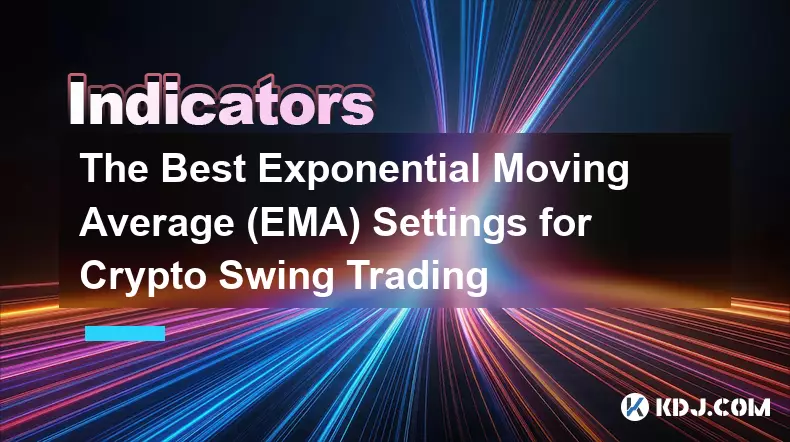
The Best Exponential Moving Average (EMA) Settings for Crypto Swing Trading
Oct 25,2025 at 04:55pm
The Best Exponential Moving Average (EMA) Settings for Crypto Swing TradingSwing trading in the cryptocurrency market relies heavily on identifying tr...
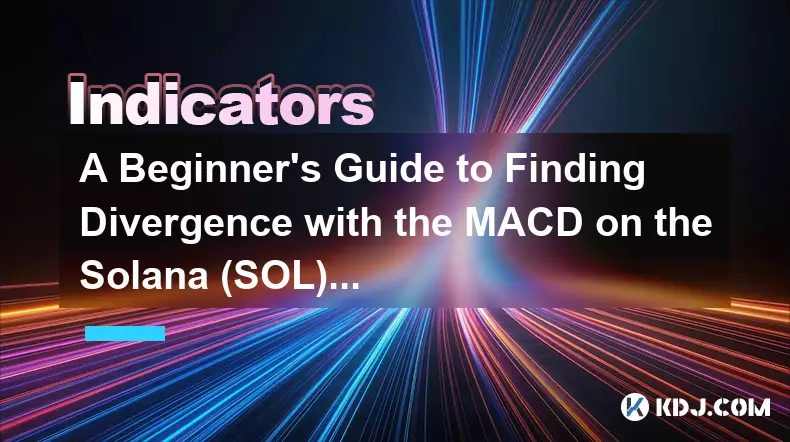
A Beginner's Guide to Finding Divergence with the MACD on the Solana (SOL) Chart
Oct 26,2025 at 12:36pm
Understanding MACD and Its Role in Solana Trading1. The Moving Average Convergence Divergence (MACD) is a momentum indicator widely used in cryptocurr...
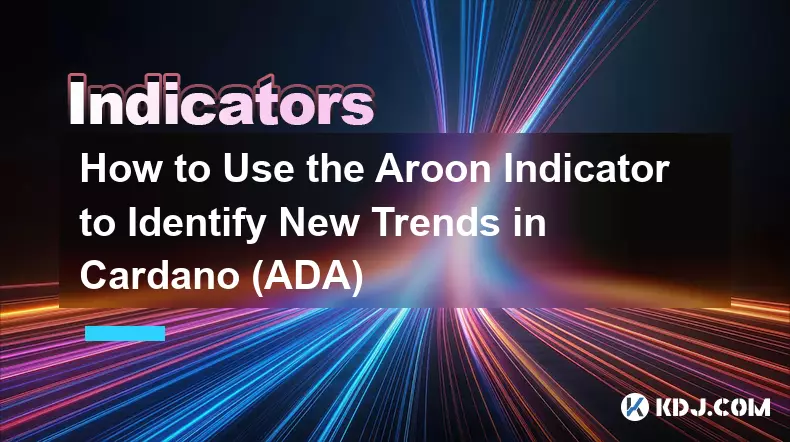
How to Use the Aroon Indicator to Identify New Trends in Cardano (ADA)
Oct 26,2025 at 10:18pm
Understanding the Aroon Indicator in Cryptocurrency Trading1. The Aroon indicator is a technical analysis tool designed to identify whether an asset i...
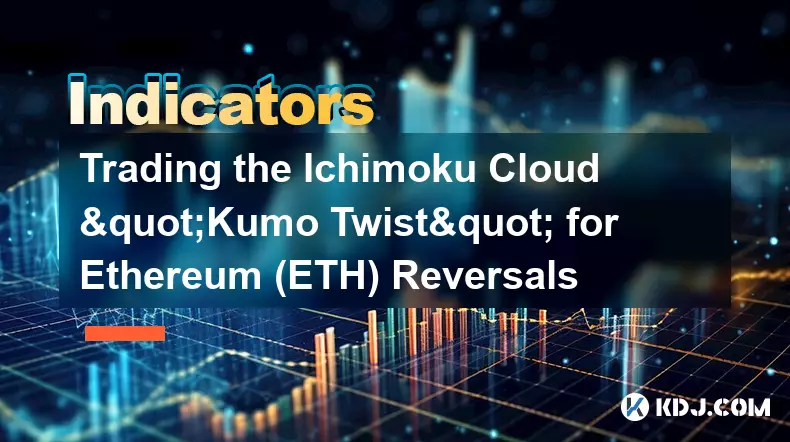
Trading the Ichimoku Cloud "Kumo Twist" for Ethereum (ETH) Reversals
Oct 27,2025 at 01:54am
Understanding the Ichimoku Cloud and Its Components1. The Ichimoku Cloud, also known as Ichimoku Kinko Hyo, is a comprehensive technical analysis tool...
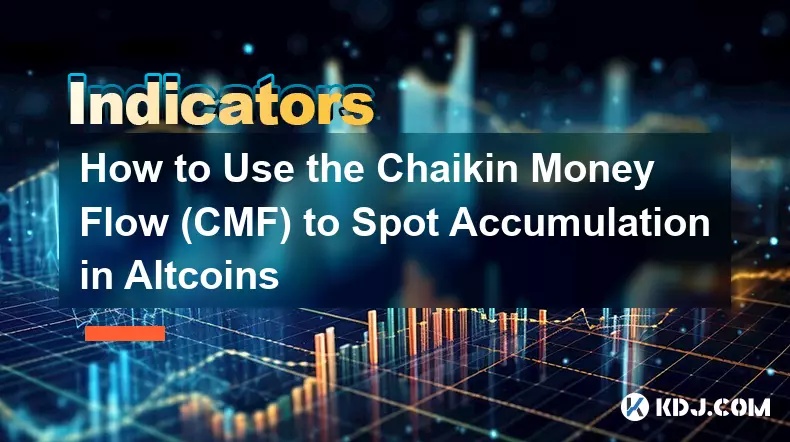
How to Use the Chaikin Money Flow (CMF) to Spot Accumulation in Altcoins
Oct 25,2025 at 08:18pm
Understanding Chaikin Money Flow in the Context of Altcoin Markets1. The Chaikin Money Flow (CMF) is a technical indicator developed by Marc Chaikin t...

How to Trade with the Keltner Channel Indicator on the Ethereum (ETH) Chart
Oct 28,2025 at 08:54am
Understanding the Keltner Channel in Ethereum Trading1. The Keltner Channel is a volatility-based technical indicator that consists of three lines: an...

The Best Exponential Moving Average (EMA) Settings for Crypto Swing Trading
Oct 25,2025 at 04:55pm
The Best Exponential Moving Average (EMA) Settings for Crypto Swing TradingSwing trading in the cryptocurrency market relies heavily on identifying tr...

A Beginner's Guide to Finding Divergence with the MACD on the Solana (SOL) Chart
Oct 26,2025 at 12:36pm
Understanding MACD and Its Role in Solana Trading1. The Moving Average Convergence Divergence (MACD) is a momentum indicator widely used in cryptocurr...

How to Use the Aroon Indicator to Identify New Trends in Cardano (ADA)
Oct 26,2025 at 10:18pm
Understanding the Aroon Indicator in Cryptocurrency Trading1. The Aroon indicator is a technical analysis tool designed to identify whether an asset i...

Trading the Ichimoku Cloud "Kumo Twist" for Ethereum (ETH) Reversals
Oct 27,2025 at 01:54am
Understanding the Ichimoku Cloud and Its Components1. The Ichimoku Cloud, also known as Ichimoku Kinko Hyo, is a comprehensive technical analysis tool...

How to Use the Chaikin Money Flow (CMF) to Spot Accumulation in Altcoins
Oct 25,2025 at 08:18pm
Understanding Chaikin Money Flow in the Context of Altcoin Markets1. The Chaikin Money Flow (CMF) is a technical indicator developed by Marc Chaikin t...

How to Trade with the Keltner Channel Indicator on the Ethereum (ETH) Chart
Oct 28,2025 at 08:54am
Understanding the Keltner Channel in Ethereum Trading1. The Keltner Channel is a volatility-based technical indicator that consists of three lines: an...
See all articles










































































